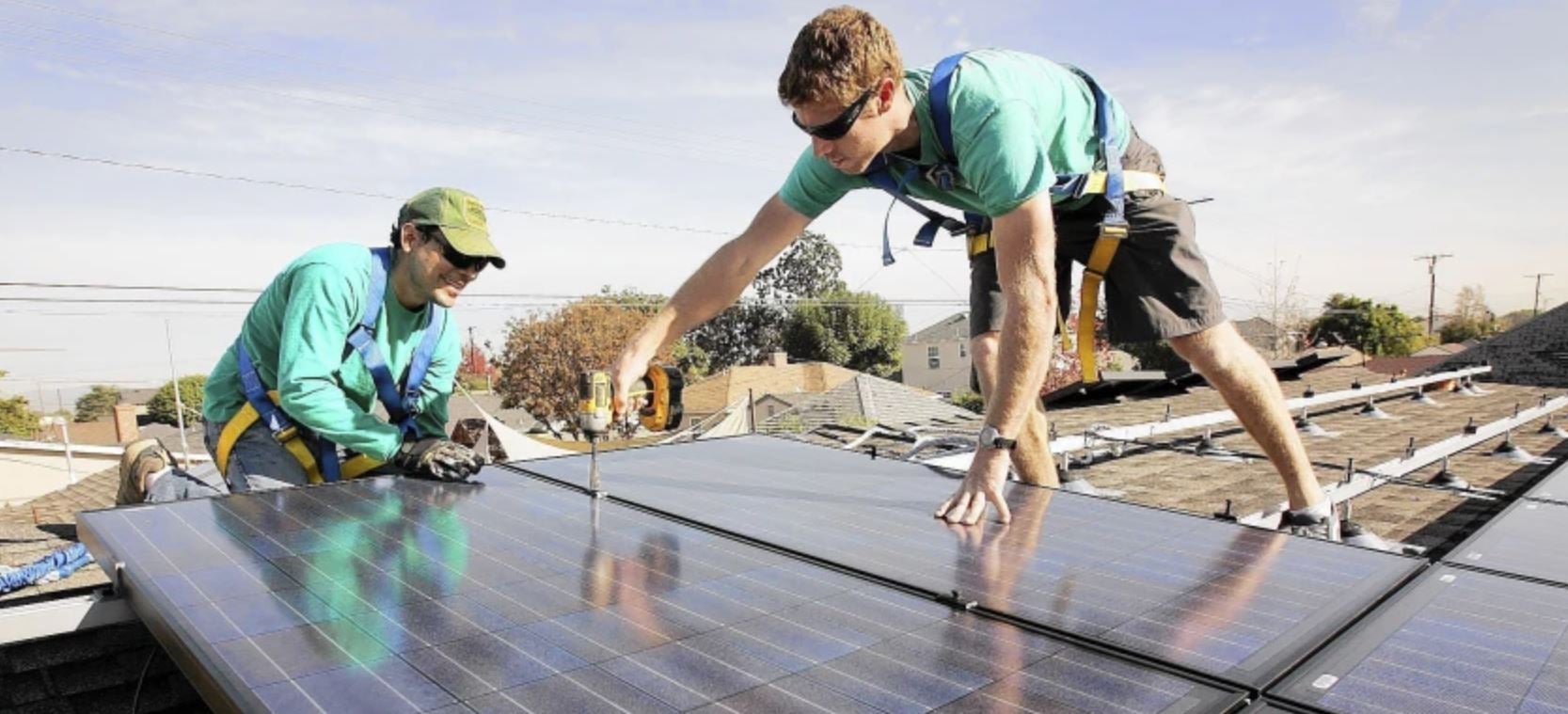Rooftop Solar Estimator: A Comprehensive Guide to Assessing Your Solar Energy Potential
Are you considering installing a rooftop solar system? With the rising popularity of renewable energy sources, many homeowners are turning to solar power to meet their energy needs. However, before making any decisions, it is crucial to assess your property’s solar energy potential accurately. This comprehensive guide will provide you with valuable insights and tools to help you estimate the feasibility and benefits of a rooftop solar installation.
Why Assessing Solar Energy Potential is Important
Assessing your property’s solar energy potential is the first step towards understanding if solar power is a viable option for you. Several factors contribute to the success and efficiency of a rooftop solar system. These include geographical location, roof orientation and tilt, shading, and local weather conditions. By evaluating these elements, you can determine the amount of sunlight your roof receives and calculate the potential energy production.

Utilizing a Rooftop Solar Estimator
To simplify the process of assessing your solar energy potential, you can utilize a rooftop solar estimator. These online tools use advanced algorithms and satellite imagery to analyze various parameters and provide you with an estimate of your system’s energy generation potential. By inputting specific details like your address, roof size, and electricity usage, the estimator can generate a comprehensive report tailored to your property.
Factors to Consider
When evaluating your solar energy potential, several factors need to be taken into account. Firstly, the geographical location plays a significant role in determining the amount of sunlight your roof receives throughout the year. Areas with abundant sunshine are more conducive to solar energy production. Additionally, the orientation and tilt of your roof can impact the system’s efficiency. South-facing roofs with optimal tilt angles tend to generate the highest amount of solar energy.
Shading is another critical aspect to consider. Trees, buildings, or other obstructions that cast shadows on your roof can significantly reduce energy production. Identifying potential shading sources is crucial to optimize your system’s performance. Furthermore, local weather conditions, such as temperature and cloud cover, can influence solar energy production.

Assessing Financial Benefits
Apart from environmental advantages, a rooftop solar system can provide substantial financial benefits. By estimating your solar energy potential accurately, you can assess the potential savings on your electricity bills. Additionally, various government incentives and tax credits are available for solar installations, which can further enhance the financial feasibility of your project. Evaluating both the upfront costs and long-term savings is essential to make an informed decision.
In conclusion, assessing your property’s solar energy potential is crucial before considering a rooftop solar installation. By utilizing a rooftop solar estimator and considering factors like geographical location, roof orientation, shading, and local weather conditions, you can estimate the feasibility and benefits of solar energy for your home. With the right information at hand, you can make an informed decision and take a step toward a cleaner and more sustainable future.
Tools and Techniques for Estimation
In the world of solar energy, accurate estimation is crucial for planning and implementing successful projects. Whether you are a homeowner considering installing solar panels or a business owner looking to harness the power of the sun, having the right tools and techniques for estimation can make all the difference. In this section, we will explore some of the top tools and techniques that professionals use to estimate solar energy potential.
A. Solar energy calculators
Online tools for a preliminary estimation
One of the easiest and most accessible ways to estimate the solar potential of a location is by using online solar energy calculators. These tools allow users to input basic information about their location, such as their address or zip code, and provide an estimate of the solar energy potential in that area. While these tools are not as accurate as professional site visits, they can give you a rough idea of the solar potential in your area.
Inputting relevant data for accurate results
To get more accurate results from solar energy calculators, it is important to input relevant data. This includes information such as the size and orientation of your roof, the amount of shade it receives, and your average electricity usage. By providing these details, you can get a more precise estimation of the solar potential and the potential savings you can achieve with solar energy.
B. Professional site visits and consultations
Engaging with solar energy experts
For a more accurate estimation of solar energy potential, it is recommended to engage with solar energy experts. These professionals have the knowledge and experience to assess your location and provide a personalized estimation based on your specific circumstances. They can take into account factors such as the local climate, the tilt and orientation of your roof, and any obstructions that may impact solar energy production.
On-site assessments for precise estimations

During a professional site visit, solar energy experts will conduct on-site assessments to gather data for precise estimations. This may include measuring the available roof space, evaluating the quality of sunlight, and identifying any potential shading issues. By conducting these assessments, experts can provide you with a more accurate estimation of the solar energy potential of your location and recommend the most suitable solar energy system for your needs.
C. Advanced technologies for accurate solar mapping
Utilizing satellite imagery and 3D modeling
Another advanced technique used for solar energy estimation is the utilization of satellite imagery and 3D modeling. By analyzing high-resolution satellite images of your location, experts can identify the optimal areas for solar panel installation and calculate the potential energy production. Additionally, 3D modeling allows experts to simulate different scenarios and assess the impact of shading at different times of the day and year.
The Role of artificial intelligence in estimation accuracy
Artificial intelligence (AI) has also made its way into solar energy estimation, further enhancing accuracy. By training AI algorithms with vast amounts of data, such as historical weather patterns and solar energy production records, these systems can provide highly accurate estimations of solar energy potential. AI can also analyze real-time weather data to adjust estimations based on current conditions, ensuring that the predictions are as precise as possible.
Conclusion
Estimating solar energy potential is a crucial step in any solar energy project. Whether you are using online calculators for a preliminary estimation or engaging with solar energy experts for a more accurate assessment, having the right tools and techniques at your disposal is essential. By utilizing advanced technologies such as satellite imagery, 3D modeling, and artificial intelligence, professionals can provide precise estimations that can help you make informed decisions about harnessing the power of the sun. So, whether you are considering going solar for your home or business, make sure to leverage these tools and techniques to unlock the full potential of solar energy.
